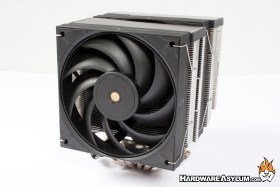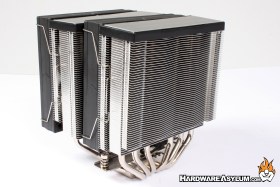Sama A60E Dual Tower Heatsink Review
Author: Dennis GarciaIntroduction
Some would say that aircooling has reached a peak when it comes to price, performance and design. What was once a solid chunk of metal has slowly transformed into highly intricate solid-state machines designed to quickly move heat from one place to another. As these designs mature so do the refinements in an attempt to make these coolers more efficient. Some companies focus on performance while others will attack certain price segments.
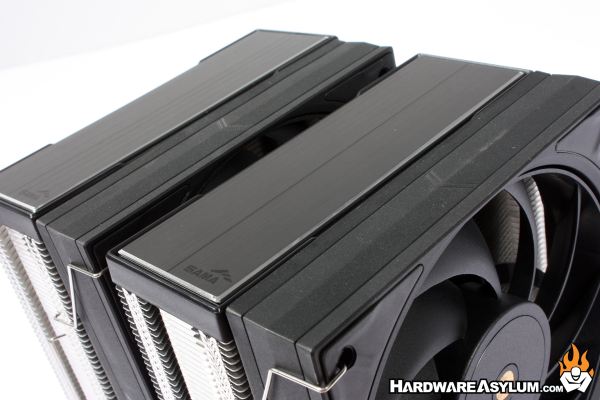
In this review we will be looking at the Sama A60E. Sama is a company I met with during Computex 2025 and specializes in custom computer cases, CPU coolers and power supplies with the A60E being one of the latest designs to be released. The Sama A60E is a dual tower cooler comprised of six copper 6mm heatpipes split across the two cooling towers. Cooling is handled by two 120mm fans and appears to be the dual tower variant of the Sama A40E which is more like the Hyper 212.
For me, the Sama A60E looks strikingly similar to another cooler I reviewed a couple years ago, the Deepcool AK620 all the way down to the included mounting hardware, with some subtle differences of course.
Heatpipes work on the principle of temperature difference, the greater the difference the more efficient the cooler can operate. The cold plate is nickel plated with a micro-convex structure to ensure optimal contact with the CPU and more efficient thermal transfer.
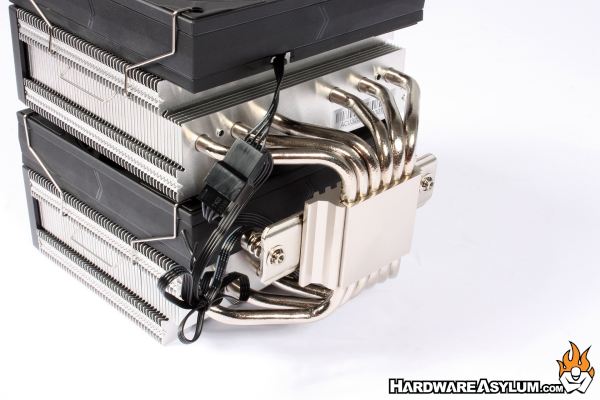
One feature that I especially like is the extra mass added to the cold plate above the heatpipes. This is a key feature that helps to increase thermal capacity and allow the heatsink to respond smoothly to changes in thermal load.
The radiator is very unique in that the edges have been closed off to help force airflow through instead of allowing air to quickly exit out the side. This can increase performance but, I have noticed it can also increase noise when high pressure fans are used.
For memory access you will find that the outer edges of the radiator have been cut to accommodate taller memory modules. Unfortunately, the 120mm fan could get in the way though can be moved upwards as needed.
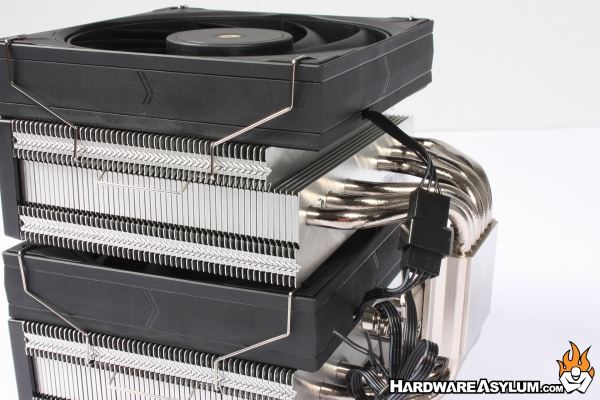
The included fans feature an air channeling guide ring to help focus airflow and reduce noise. I’ve personally never found this fan design to be all that effective but, they are quite popular. Fan performance is quite good with a PWM controlled RPM between 800 and 2200 with a total airflow of 78CFM and 29dBA when running at full tilt

